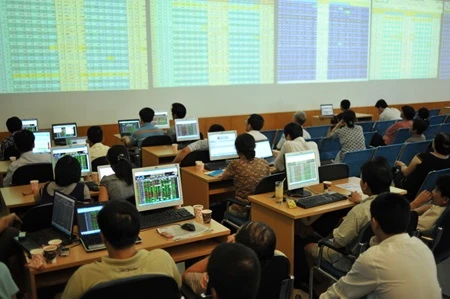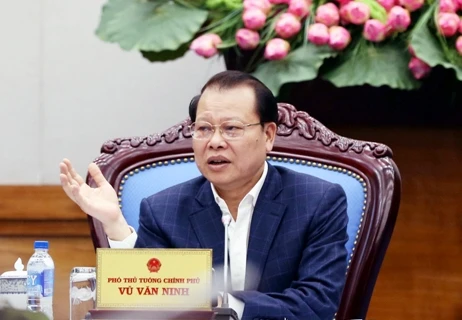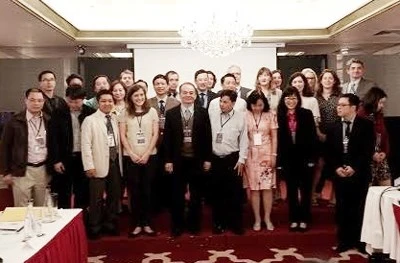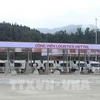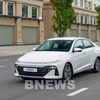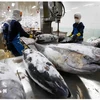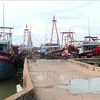Hanoi (VNA) – The equitisation of State-owned enterprises (SOE) should be accelerated in an effort to cut the number of SOEs in 2015 by half to about 200 during 2016-2020.
According to the Department of Enterprise Finance under the Ministry of Finance, SOEs need to improve administrative capacity, transparency, and competitiveness to meet the requirements of the market and ASEAN integration.
Dang Quyet Tien, Deputy Head of the department, said the SOE equitisation requires a specific roadmap with focus on quality, meaning that after the process, businesses will operate more effectively with higher competitiveness.
The equitisation in 2014-2015 saw the strong engagement of the private economic sector. Major local private businesses competed with foreign investors to acquire shares in State-owned firms such as Quang Ninh, Sai Gon and Hai Phong ports.
He revealed that as many as 30 SOEs carried out equitisation and reforms by the end of March this year and a number of big firms, including the Vietnam Rubber Group, the Power Generation Corporation 3 under the Electricity of Vietnam (EVN) and the Mobifone Corporation, will speed up the process in 2016.
However, representatives from the Vietnam National Oil and Gas Group (PVN) and the Vietnam National Coal and Mineral Industries Groups (Vinacomin) said equitisation in key industries such as electricity, oil and gas, and petrochemistry is facing hindrances in finding strategic shareholders since it requires a large amount of capital while the State still owns a high proportion of capital in those sectors.
Minister of Finance Dinh Tien Dung said related policies should be completed soon as economic groups, State-owned corporations, and large scale firms are confronting several difficulties during the equitisation process.-VNA

